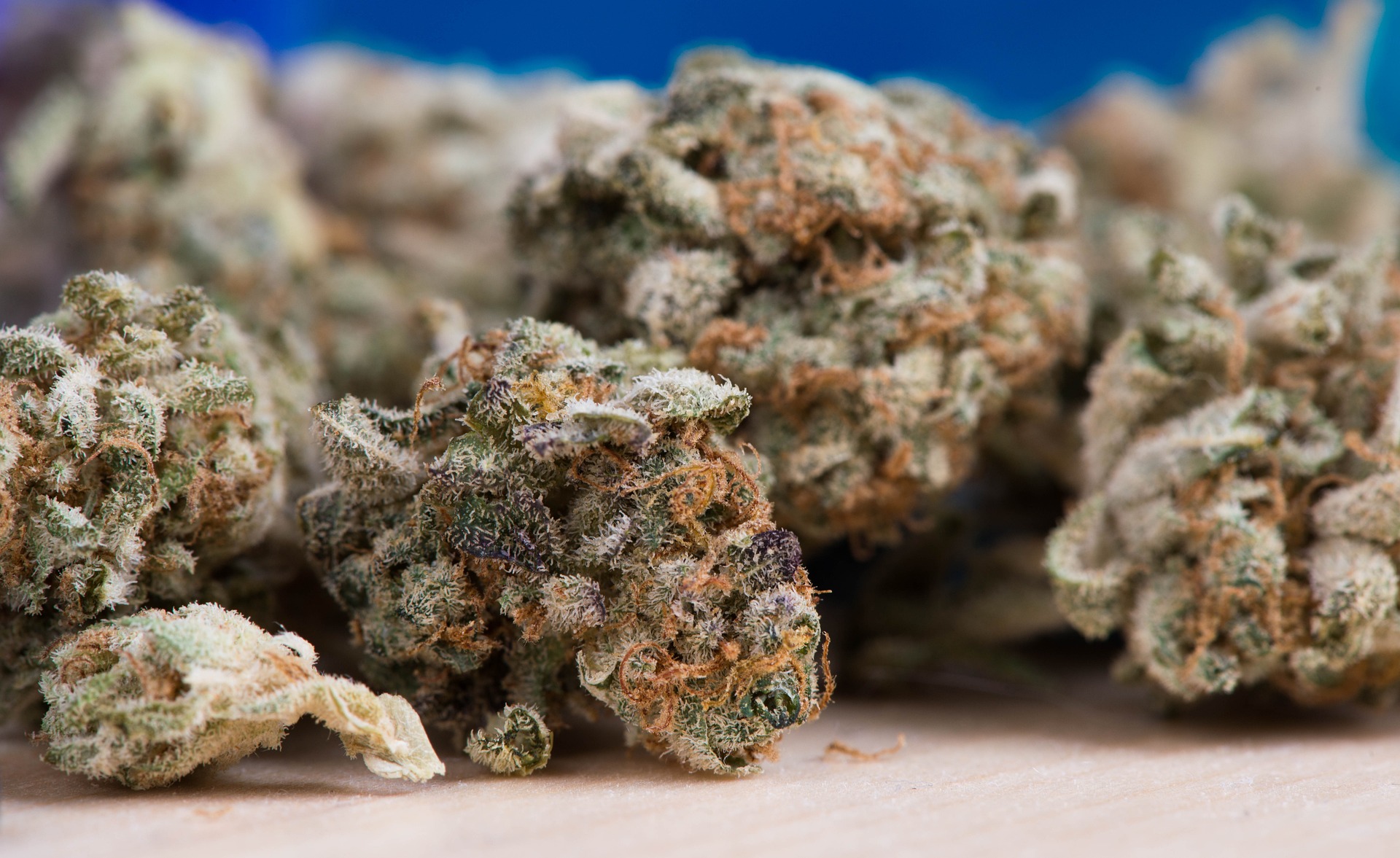
Trichomes, the microscopic structures that adorn the surface of cannabis flowers, hold the key to unlocking the plant’s potency and unique characteristics. These tiny glandular appendages are responsible for producing cannabinoids, terpenes, and other compounds that contribute to the therapeutic and recreational effects of cannabis. In this article, we delve into the fascinating world of trichomes, exploring their functions, types, and the crucial role in cannabis cultivation and consumption.
Table of contents
Understanding Trichomes
1.1 Definition and Importance:
Trichomes are tiny, hair-like structures that protrude from the surface of cannabis plants, primarily from the flowers and leaves. They serve various functions, including protecting the plant from predators, reducing water loss, and acting as a defense mechanism against environmental stressors.
1.2 Trichome Types:
Cannabis plants possess different types of trichomes, each with its unique characteristics. The main types are bulbous trichomes, capitate-sessile trichomes, and capitate-stalked trichomes. Capitate-stalked trichomes found abundantly on the flower buds are particularly rich in cannabinoids and terpenes.
The Role of Trichomes in Cannabinoid Production
2.1 Cannabinoid Synthesis:
Trichomes are the primary sites of cannabinoid synthesis in cannabis plants. They produce a wide range of cannabinoids, including THC (delta-9-tetrahydrocannabinol) and CBD (cannabidiol), responsible for the plant’s therapeutic effects. The density and maturity of trichomes can significantly impact the cannabinoid profile of the plant.
2.2 THC and CBD Concentration:
The resin glands within the trichomes contain high concentrations of THC and CBD. Understanding the correlation between trichome development and cannabinoid production is crucial for growers and consumers seeking specific potency levels and effects.
Terpenes and Trichomes
3.1 Terpene Production:
Trichomes also produce terpenes, the aromatic compounds that give cannabis its distinct flavors and scents. Terpenes, such as myrcene, limonene, and pinene, interact synergistically with cannabinoids, contributing to the entourage effect and influencing the overall therapeutic potential of cannabis.
3.2 Trichome Density and Terpene Profile:
The density and distribution of trichomes in cannabis flowers can impact the terpene profile. Well-developed trichomes often indicate a richer terpene content, enhancing sensory experiences and potential therapeutic benefits.
Cultivating Trichome-Rich Cannabis
4.1 Genetics and Strain Selection:
Choosing cannabis strains known for their trichome production is vital for cultivating plants with potent cannabinoid and terpene profiles. Selecting genetics that prioritizes trichome development can significantly influence the overall quality of the harvest.
4.2 Environmental Factors:
Environmental factors, such as light intensity, temperature, humidity, and nutrient levels, can influence trichome development. Providing optimal conditions during cultivation can promote the formation of robust and resinous trichomes.
Trichomes and Harvesting
5.1 Trichome Maturity:
Monitoring trichome maturity is crucial for determining the optimal time to harvest cannabis plants. Trichomes change color and appearance as they mature, providing visual cues to indicate the ideal stage for harvest, especially for those seeking specific effects and potency levels.
5.2 Harvesting Techniques:
Different harvesting techniques, such as dry trimming or wet trimming, can impact trichome preservation. Proper handling and curing after harvest ensure that trichomes remain intact and retain their potency, flavor, and aroma.
Conclusion
Trichomes are the tiny powerhouses of cannabis, responsible for producing the cannabinoids, terpenes, and other compounds that make the plant so unique.
Understanding the functions and significance of trichomes is essential for growers and consumers alike, as it directly influences the potency, flavor, and therapeutic potential of cannabis. By appreciating the role of trichomes, we can deepen our understanding of this remarkable plant and maximize its benefits.
Table of Contents

